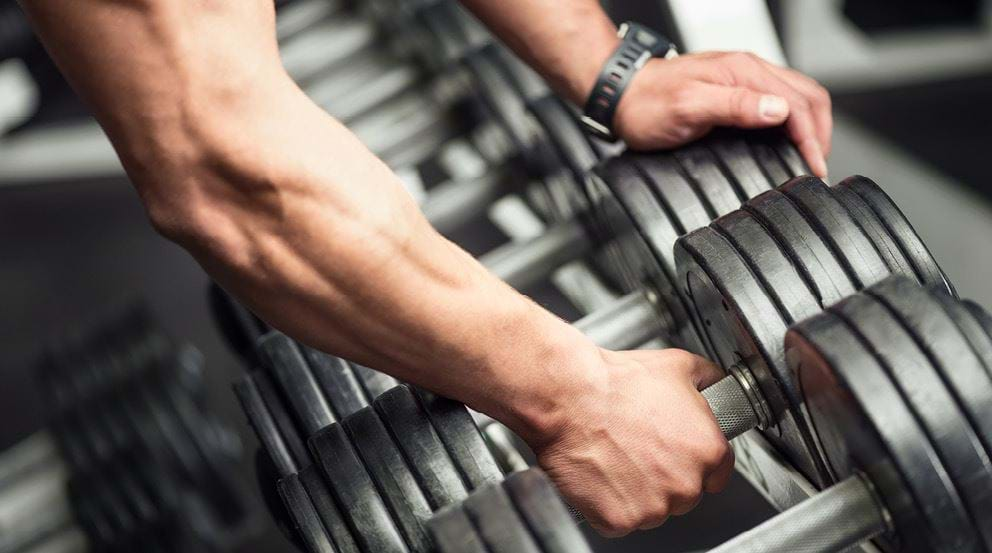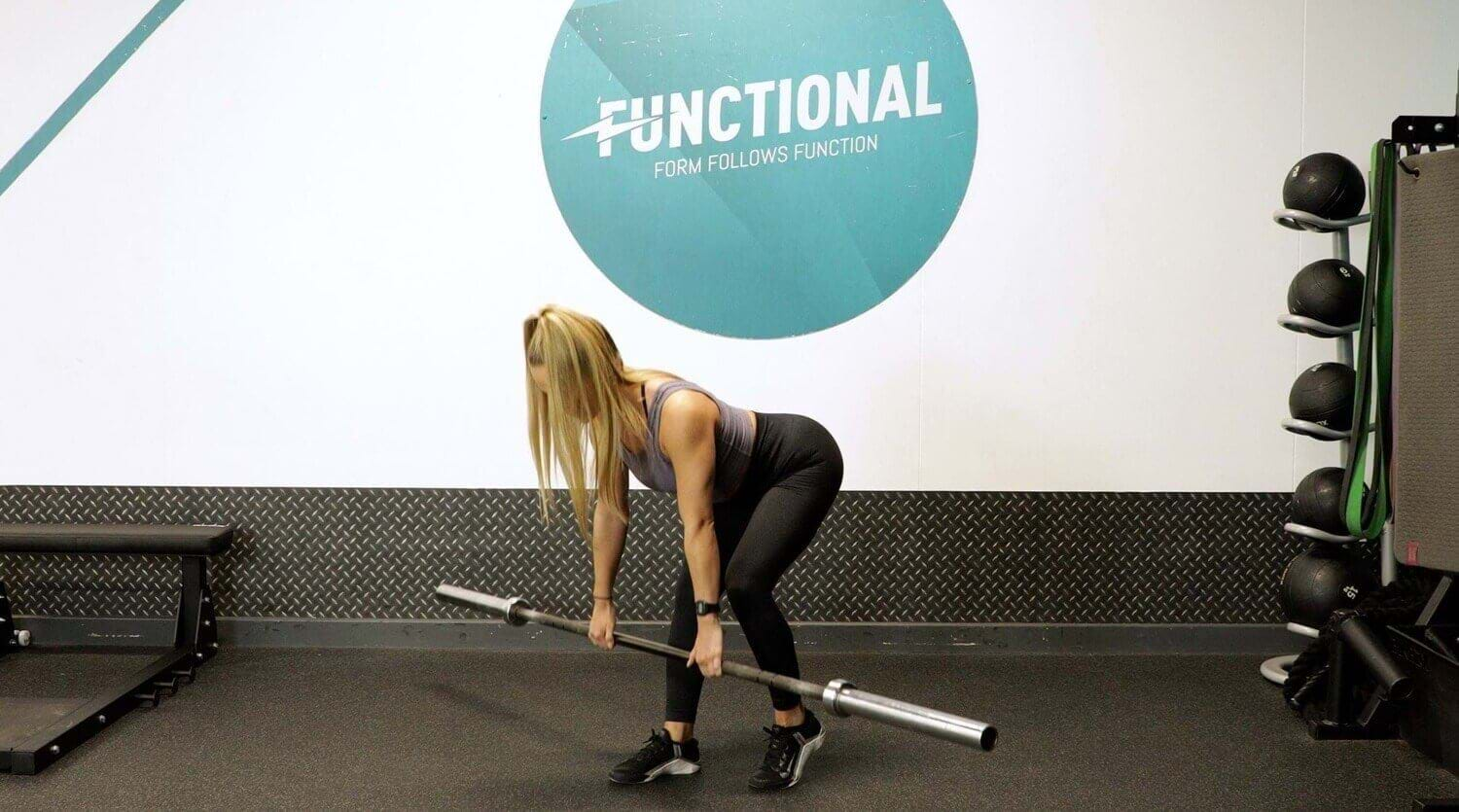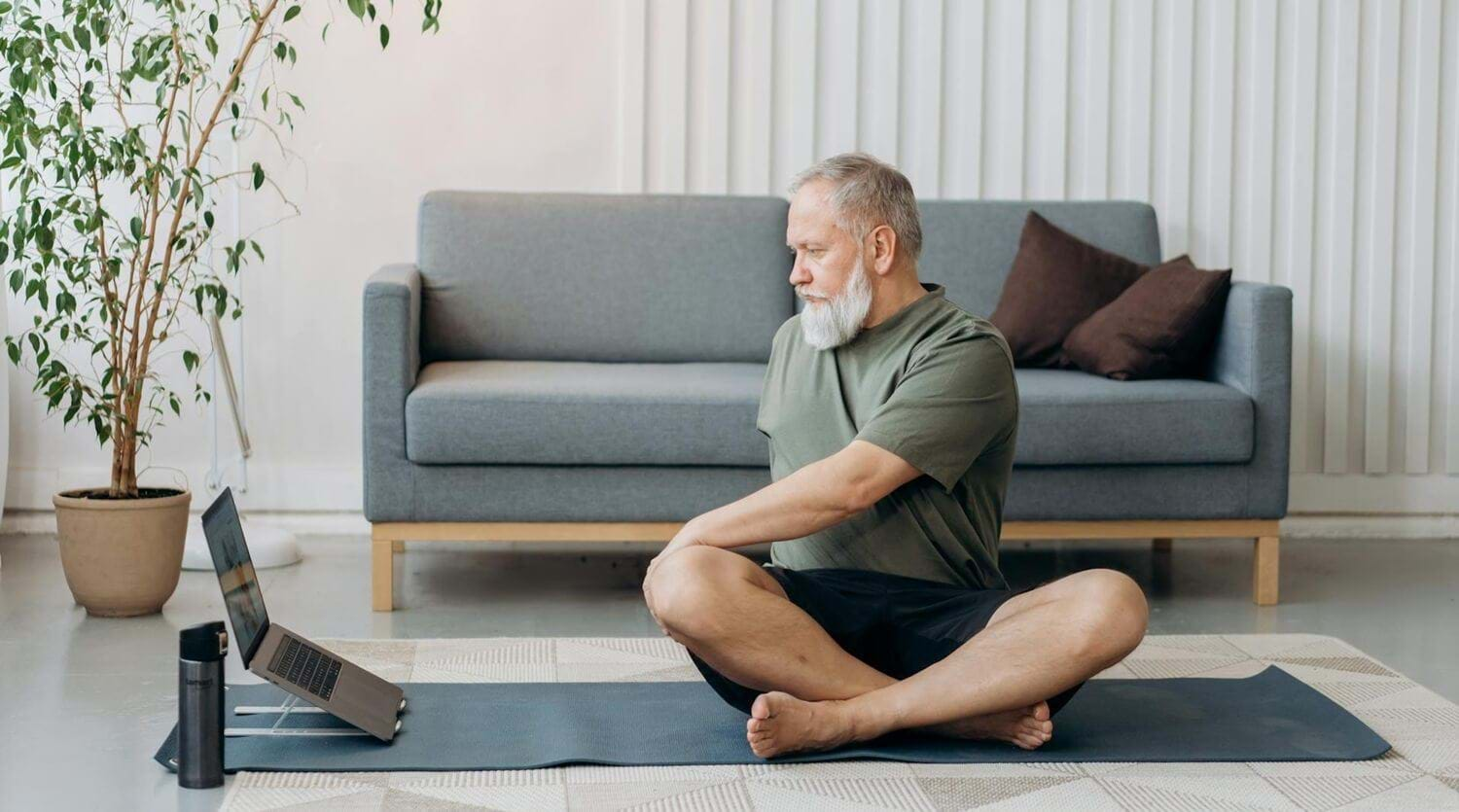How Resistance Training Builds Bone Density

What Is Bone Density | Importance | Science | Training Frequency | Types Of Training | Myths | Osteoporosis | Best Exercises | Nutrition
Bones are one of the things we don't really think about until we experience an issue with them, whether that's a broken bone or an osteoporosis diagnosis. But while bone health is often overlooked in our fitness goals, strong bones are just as important as strong muscles; and like muscles, our bones can be improved by strength training.
Whether you're 18 or 80, it's a great time to improve your bone health. Read on to explore how resistance training and bone density are linked, the science behind it, and how to train for stronger bones.
Quick summary
Bone density refers to how much calcium and phosphorus are in the bones.
These minerals give bones their hardness. Higher bone density means stronger bones while low bone density increases the risk of fractures, poor mobility, and pain.
Resistance training maintains improves bone density by placing stress on the bones, which triggers bone formation.
For bone growth, strength train 2-3x a week using moderate to heavy resistance across all major muscle groups.
Exercises like squats, deadlifts, and rows are great for building bone density and can be adapted to suit all fitness levels.
In addition to training, getting plenty of protein, calcium, and Vitamin D can help to build bone.
What Is Bone Density?
Bones are primarily made of protein collagen and minerals (mainly calcium and phosphorus), and bone density refers to how much mineral matter is in your bone tissue. These minerals are what gives bones their hardness; lower density bones are more porous and fragile while higher density bones are stronger and less prone to fractures and breaks.
Our bones reach peak density at around 30 years old, and then naturally begins decline from our mid-thirties. Bone loss can accelerate at around 50 years, particularly for women who have gone through the menopause due to declining oestrogen levels.
Why Does Bone Density Matter?
Your bones are the framework of your entire body. Low bone density increases your risk of fractures and breaks, even from minor bumps or falls, and can lead to osteoporosis, a condition where bones lose significant strength and are much more likely to break. People with low bone density are also more likely to have chronic pain, loss of mobility and reduced independence, and even spinal deformity.
While people over the age of 50 are more likely to experience issues relating to low bone density, it’s something that needs to be addressed early on as it’s much easier to build and maintain bone density before you have reached peak bone density. After this, you can still improve bone density, but it is harder as bone loss naturally starts to occur.
The Science of Bone Remodelling And Mechanical Stress
Although bone loss naturally occurs as we age, low bone density isn’t something we have to live with. Bones are living tissue that constantly remodels through a cycle of breakdown (resorption) and rebuilding (formation), and there is something we can use to help our bodies rebuild more bone: resistance training.
So - how does resistance training increase bone density? Resistance training stimulates bone formation by placing mechanical stress on the bones. When you lift weights, the muscles contract and pull on the bones to move them. This physical demand signals bone-forming cells (osteoblasts) to build stronger, denser bone tissue, so that it can cope with the same demand in the future.
As your muscles get stronger from strength training, they use more force to move the bones which creates even more mechanical stress on the bones and creates a stronger signal to build more bone tissue.
How Often And How Intensely Should You Train For Bone Benefits?
Like muscles, bones respond to load and training frequency. To stimulate bone growth, you need to train consistently and with enough weight and intensity to put stress on the bones:
Frequency: at least two to three resistance sessions each week per major muscle group (chest, shoulders, back, legs, glutes, core, arms).
Intensity: choose moderate to heavy resistance (around 70-85% of max effort) as this places enough stress to signal for bone growth.
Progression: as you get stronger, increase the weights used to continue to place enough stress on the bones.
If you're new to working out, especially if you have low bone density, start with low impact and bodyweight exercises and gradually build this up.
Resistance Training Vs Other Forms Of Exercise For Bone Health
All types of movement are beneficial for health and fitness, but only weight bearing exercises help to improve bone density.
Weight bearing exercises are exercises where your muscles have to work against resistance. Strength training and bone density are directly linked because the weights or machines used provide this resistance, but gravity can also provide resistance, for example in hiking, dancing, and running.
There are limits to how much resistance bodyweight exercises can provide, so while there are benefits to including these (especially if you enjoy them!), it is important to strength train using external resistance to place enough tension for bone formation.
Myths And Truths About Resistance Training And Bone Health
Myth: resistance training is unsafe for older adults
Truth: when done properly, resistance training is safe and can improve the quality of your life by improving strength, muscle mass, balance, and bone density to reduce risk of injury and maintain independence.
It is important for people of all ages to start at a suitable level and increase the intensity and volume of their workouts, rather than starting with exercises that are too hard. For older adults who are not currently exercising, this could be starting with bodyweight squats and walking up and down the stairs, rather than doing heavy weights at the gym.
Myth: light weights are enough to build bone density
Truth: for someone who has never lifted weights, light weights can place enough stress on the bones to build muscle and bone, but this is because the weights are heavy enough to challenge them. Choosing weights that are challenging is the key, and as you get stronger you will need to increase the weights you use to build new bone tissue.
Myth: cardio is enough for bone density
Truth: some cardio exercises like running and hiking are weight bearing, but they aren’t able to create enough resistance for continued bone growth, and typically only the leg bones are involved. You need full body resistance training to increase bone density.
Can Resistance Training Help Prevent Osteoporosis?
Yes, resistance training is a proven intervention for preventing osteoporosis. Studies consistently show that resistance training can slow bone loss and increase bone density, preventing osteoporosis from developing. Alongside consistent training, make sure to get plenty of calcium and Vitamin D in your diet.
Best Types Of Resistance Exercises For Increasing Bone Density
Any type of strength training is good for bone health but it's important to adapt exercises to your current fitness levels. Bodyweight and resistance band exercises are great for those who are completely new to working out and need to build base strength and learn technique. Gym machine exercises are great for all levels as they follow a fixed path of movement and offer multiple levels of resistance, from light to heavy, and free weights like dumbbells and barbells are great for those who have some strength and technique and want to progress.
Here are examples of some of the best resistance training bone density exercises and how they can look for different people.
Squats
Beginner: bodyweight squats
Intermediate: dumbbell squats
Advanced: barbell squats
Rows
Beginner: resistance band rows
Intermediate: seated cable rows
Advanced: bent over barbell row
Shoulder press
Beginner: shoulder press machine
Intermediate: dumbbell shoulder press
Advanced: barbell shoulder press
Chest press
Beginner: chest press machine
Intermediate: dumbbell chest press
Advanced: barbell chest press
Deadlifts
Beginner: bodyweight hip hinge
Intermediate: dumbbell Romanian deadlift
Advanced: barbell deadlift
Nutrition And Lifestyle Tips For Bone Building Workouts
Nutrition also plays an important role in building bone density. Make sure your diet includes plenty of the following:
Calcium: this is one of the minerals that increase bone density. It can be found in dairy products, leafy green vegetables, fortified milks and flour, and small fish with bones in such as canned sardines and anchovies.
Vitamin D: this vitamin helps the body to absorb calcium. We get Vitamin D from the sun as well as our diet, in food like fatty fish, egg yolks, and fortified cereals. During winter, the NHS also recommends taking a Vitamin D supplement.
Protein: our bones are made up of protein as well as minerals. Getting enough protein also helps to repair and build muscle, which is particularly needed when strength training.
You should also limit excessive salt and sugar, as well as smoking and alcohol as these can negatively impact bone density and health.
When to consult a healthcare provider or trainer
If you have an existing health condition such as osteoporosis, we recommend speaking to your GP before starting any training as they can recommend safe exercises and modifications tailored to you. You can also work with a Personal Trainer with a GP referral certification, as this teaches PTs how to work with clients who have health conditions.
Ready to start resistance training to protect your bone health? Book a session with one of our Personal Trainers who can show you the best, safest way to train for healthy bones. Find your nearest PureGym to get started.


